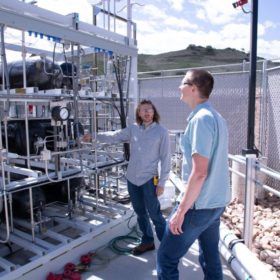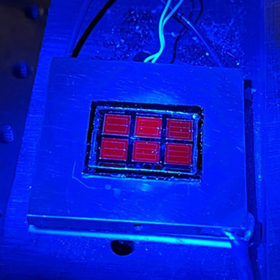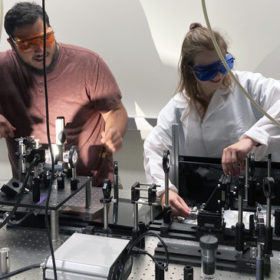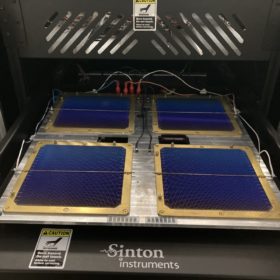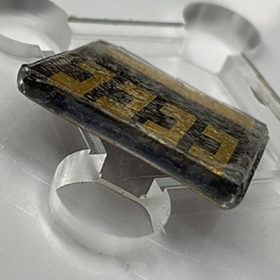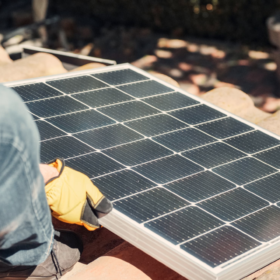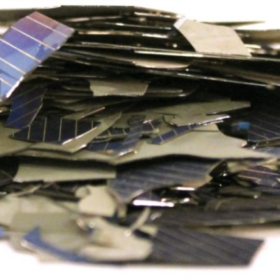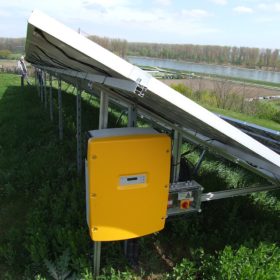The Hydrogen Stream: NREL shows off high-flow-rate hydrogen fueling
The US National Renewable Energy Laboratory has demonstrated high-flow-rate hydrogen fueling for heavy-duty vehicles, while France’s TotalEnergies has signed a deal with Adani Enterprises to produce green hydrogen in India.
Quantum well superlattices for a new world record cell efficiency of 39.5%
Scientists in the United States have fabricated a triple-junction solar cell that reached 39.5% efficiency – a world record for any type of cell under one-sun illumination. Though relying on materials and processes that are still too costly for most commercial uses, the concept could soon see actual applications in powering satellites and other space-bound technology.
Self-healing perovskites can withstand fierce cosmic radiation
The development of a set of testing protocols for perovskite solar cells intended for use outside Earth’s atmosphere could lead to the devices being installed permanently, and even manufactured, on the moon.
The Solar Tech Check: Toward 50-year modules, and how the numbers add up for HJT
This week sees new technoeconomic analysis published on different aspects/materials for heterojunction: Important to consider as Europe in particular looks to be betting big on this technology for its manufacturing comeback. And a new report from NREL in the United States examines progress in degradation and durability to increase module lifetimes.
Lead absorbing encapsulant for perovskite solar cells
Scientists in the United States developed what they describe as a ‘scotch-tape like’ solution, which can absorb potential lead leakage from perovskite solar cells, preventing the toxic material from entering the environment. The tape, according to the scientists, can easily be integrated with existing encapsulation strategies, and was shown to absorb 99.9% of lead leaked from cells from that were severely damaged.
How varied energy storage can enable a low-cost renewable energy future
Research from the U.S. National Renewable Energy Laboratory shows that high-renewables operation is possible, and less expensive, when a range of energy storage technologies are used.
Targeted marketing, better policies could support US low-income solar adoption
A new study shows that U.S. solar installers submit fewer quotes to low-income households, creating a supply-side barrier to solar adoption.
On the trail of a cause for solar cell LID
Scientists in the United States used sophisticated imaging to delve deep into the structure of a silicon solar cell, revealing for the first time a distinct defect signature for light-induced degradation. Their technique could be used to better understand the mechanisms behind multiple various defects affecting the performance of silicon and other solar cell technologies.
SolarRecycle website launches
SolarRecyle.org is designed to provide clear information for a more sustainable solar panel life-cycle.
Interoperable SCADA protocols for PV inverters
NREL researchers have developed interoperable SCADA protocols for PV inverters. Two new sets of codes were conceived to enable legacy inverters, which are inverters that are not capable of providing some or all of the grid support functions to participate in advanced distribution management.
